
In a groundbreaking development, researchers from the SETI Institute, known for their endeavors in the search for extraterrestrial intelligence, have reported what might be the first conversation between humans and humpback whales. Venturing into a humpback feeding area off the coast of Alaska, the team, led by Dr. Brenda McCowan from UC Davis, Continue reading “Researchers Report First Conversation Between Humans and Humpback Whales” »

Lance Corporal Harold Jones, a remarkable 100-year-old Second World War veteran, has become a beacon of inspiration by walking around his garden 30 times every day since 2020, covering an impressive 661 miles in total. Motivated by the media attention garnered by the late Captain Tom, who undertook a similar endeavor during the early days of the pandemic, Corporal Jones embarked on this journey not only to stay active during lockdown but also to raise funds for charity. Drawing from his Continue reading “100-Year-Old Veteran Walks Around Garden 40,000 Times to Raise Money for Charity” »
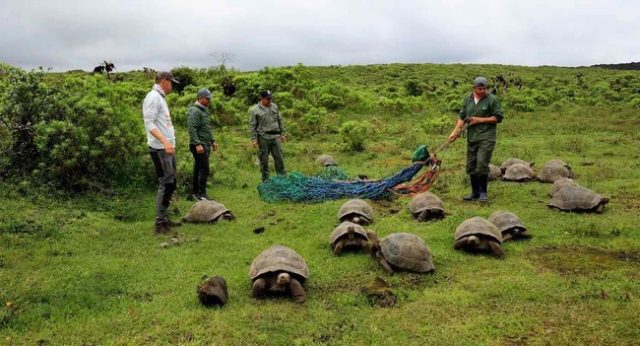
In a historic conservation effort, the Galapagos Conservancy accomplished the successful airlift of 136 juvenile Galápagos tortoises to their only natural habitat on Earth, the volcanic terrain of Isabela Island. Raised at the Breeding and Rearing Center on the island by dedicated park rangers, these giant tortoises, aged between 5 and 9 years, were transported via helicopter—a crucial tool in repatriating the species. The helicopter support, funded by public donations, proved essential, as alternative transportation methods involving sea Continue reading “Historic Effort – Conservationists Release 136 Juvenile Galápagos Tortoises into the Wild” »

Wasabi, the fiery green condiment often enjoyed with sushi, may hold unexpected benefits for memory, according to a study published in the journal Nutrients. The research focused on 72 healthy participants aged 60 to 80, with half of them consuming 100 milligrams of wasabi extract at bedtime, while the others received a placebo. After three months, the group that consumed wasabi extract demonstrated significant improvements in working (short-term) memory and longer-lasting episodic memory, outperforming the placebo group in standardized assessments for language skills, Continue reading “Wasabi May Boast Memory-Boosting Powers, Study Shows” »
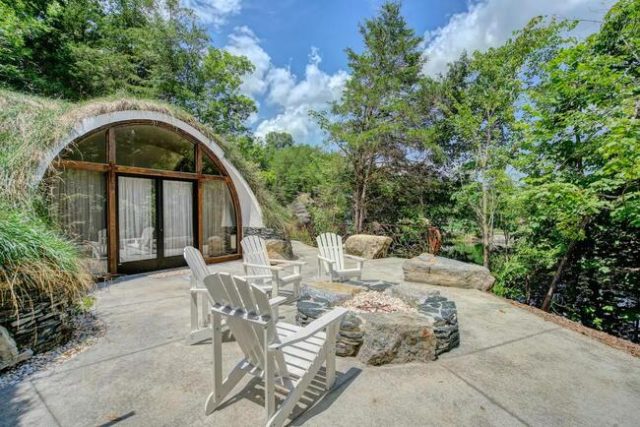
Nestled atop a cliff in the picturesque Appalachian Mountains of Tennessee, The Sassafras Dome Earth Home offers a one-of-a-kind off-grid living experience with breathtaking views. This remarkable dome home was constructed as part of DIY’s “Building Off-Grid” series, showcasing the ingenuity and creativity involved in building this unique dwelling. The house features a spacious living and kitchen area, a luxurious bedroom, and a connecting bathroom, providing a comfortable and luxurious retreat in the heart of nature. Continue reading “The Sassafras Dome Earth Home with Breathtaking Views is the Perfect Holiday Home” »
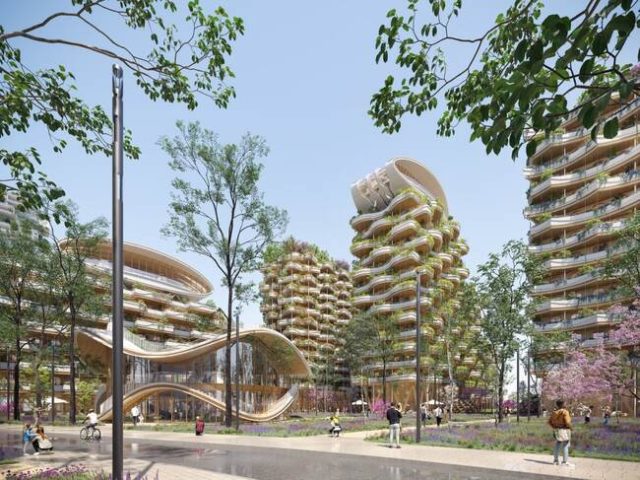
The Greenhouses, a visionary project by Vincent Callebaut Architectures, is set to transform Switzerland’s Lake Geneva district into an extraordinary car-free eco-village. Comprising 480 low-consumption homes nestled within a vast urban park, the development breathes new life into an area once occupied by Old Greenhouses. This eco-village serves as a bridge between Lake Geneva and Italy’s neighboring Piedmont region, fostering connectivity and community. In addition to the residences, The Greenhouses will feature amenities such as a large children’s nursery, restaurants, co-working spaces, and workshops.
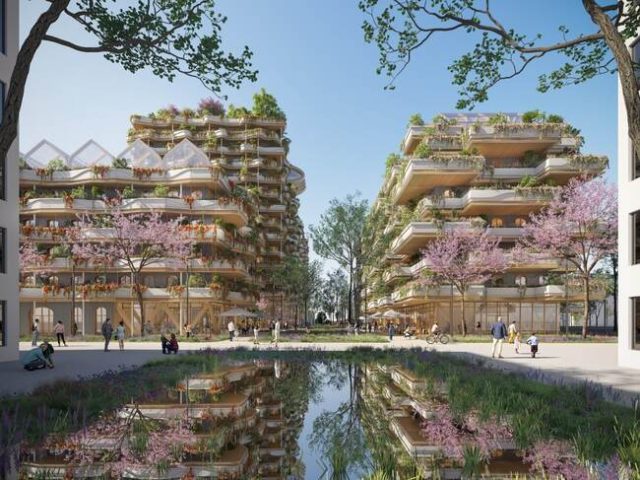
The design places a strong emphasis on sustainability, with parking cleverly tucked beneath the buildings and discreetly positioned in the western part of the district. By exclusively opening the space to pedestrians and cyclists, the architects aim to create an undisturbed, enchanting landscape that allows residents and visitors to fully immerse themselves in nature. The architectural marvel extends beyond the residences, incorporating panoramic rooftops that offer breathtaking views of the landscape. The large urban park, dominated by open land, flowering meadows, and fruit tree areas, pays homage to the local history with cherry trees reminiscent of the city’s coat of arms. The project draws inspiration from water elements, integrating phyto-purification lagoons and basins dedicated to aquaponics, permaculture, and urban agriculture.
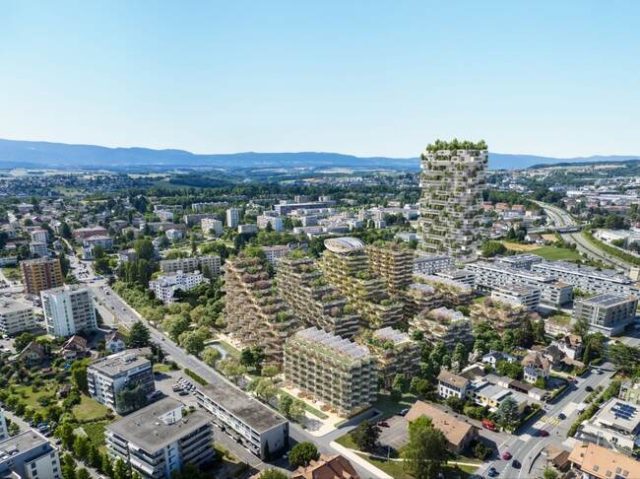
Rain chains inspired by Feng Shui adorn the buildings, choreographing the gravity runoff of rainwater from green roofs to the ground-level orchards via landscaped balconies. Each apartment is meticulously designed, with living areas oriented toward the lake and sleeping areas facing north. Panoramic balconies not only provide exceptional views of the Alps, Lake Geneva, and the Jura but also offer residents the opportunity to cultivate vegetable gardens in equipped planters. The cascade of balconies, adorned with over 30,000 plants, has a remarkable capacity to capture 170 tons of CO2, contributing to the project’s commitment to environmental sustainability.
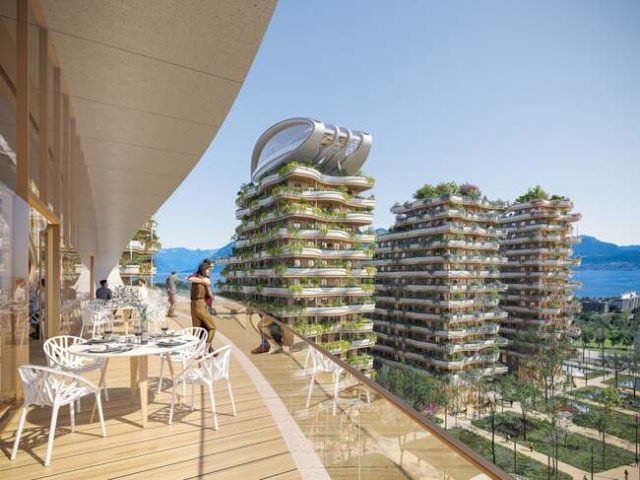
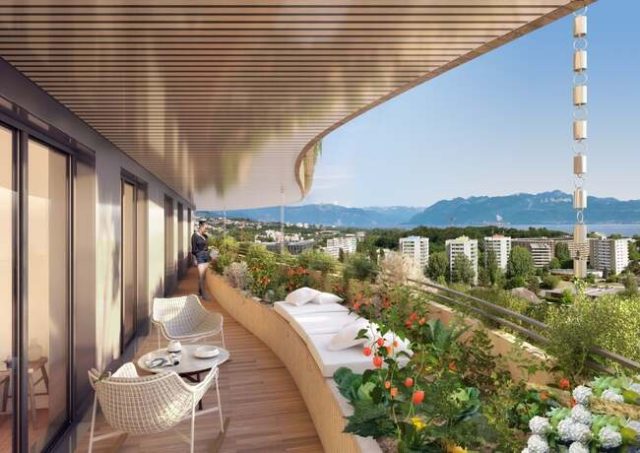
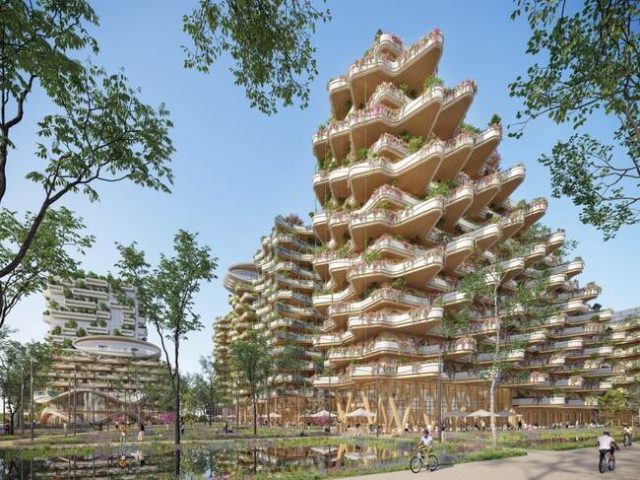

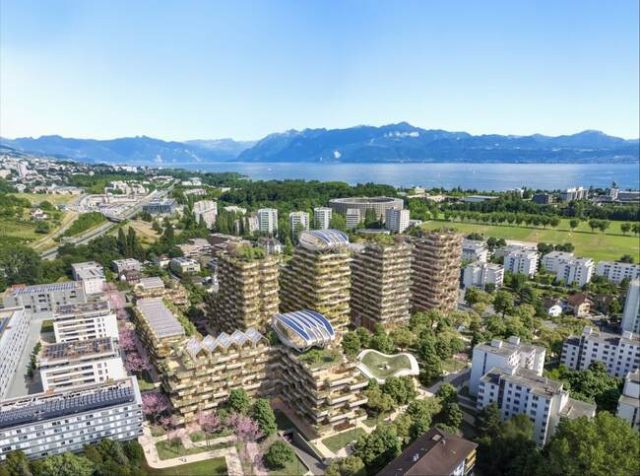
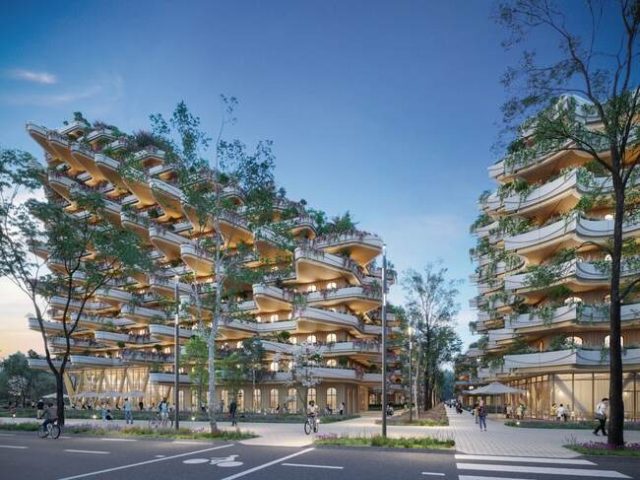
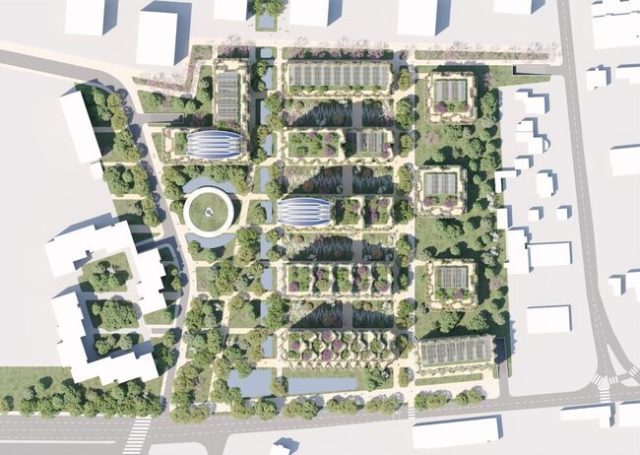
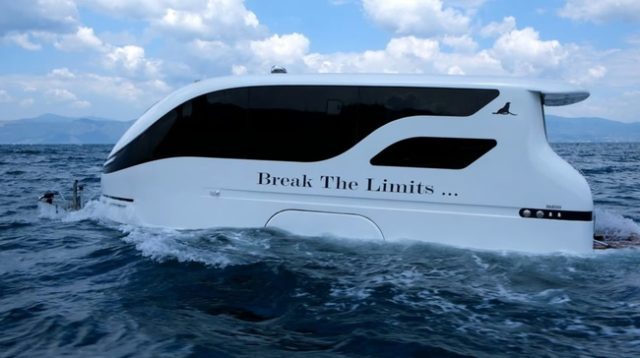
SealVans, a Turkish start-up, has introduced a ground-breaking concept to the world of travel and adventure with its innovative amphibious caravans. Bridging the gap between land and water exploration, the SealVans amphibious caravans offer a seamless transition between being a traditional caravan and a fully functional boat. After successfully prototyping their designs, the company is now unveiling the Seal 4.20m and Seal 7.50m models to the European market. Continue reading “Amphibious Caravan From SealVans Merges Camping and Sea Transport” »

A ground-breaking study has revealed that children residing in areas with more green spaces near their homes exhibit significantly stronger bones, potentially leading to lifelong health benefits. Conducted in Flanders, Belgium, the research followed over 300 children in urban, suburban, and rural areas, utilizing ultrasound to measure bone density between the ages of four to six. The findings demonstrated that children in locations with 20-25% Continue reading “Study Finds Children Living Near Green Spaces ‘Have Stronger Bones’” »

The collaboration between United Caps and Mimica has resulted in a game-changing innovation with the introduction of the Mimica Bump Cap, revolutionizing food safety in packaging. Originally conceived with the visually impaired in mind, these specially designed bottle caps go beyond their initial purpose by offering a tactile alternative for a broader audience. As a response to challenges posed by the COVID-19 pandemic, where the loss of smell became a prevalent symptom, the Mimica Continue reading “Innovative Bottle Cap Can Tell You if Your FOOD is Still Fresh or Not” »



































